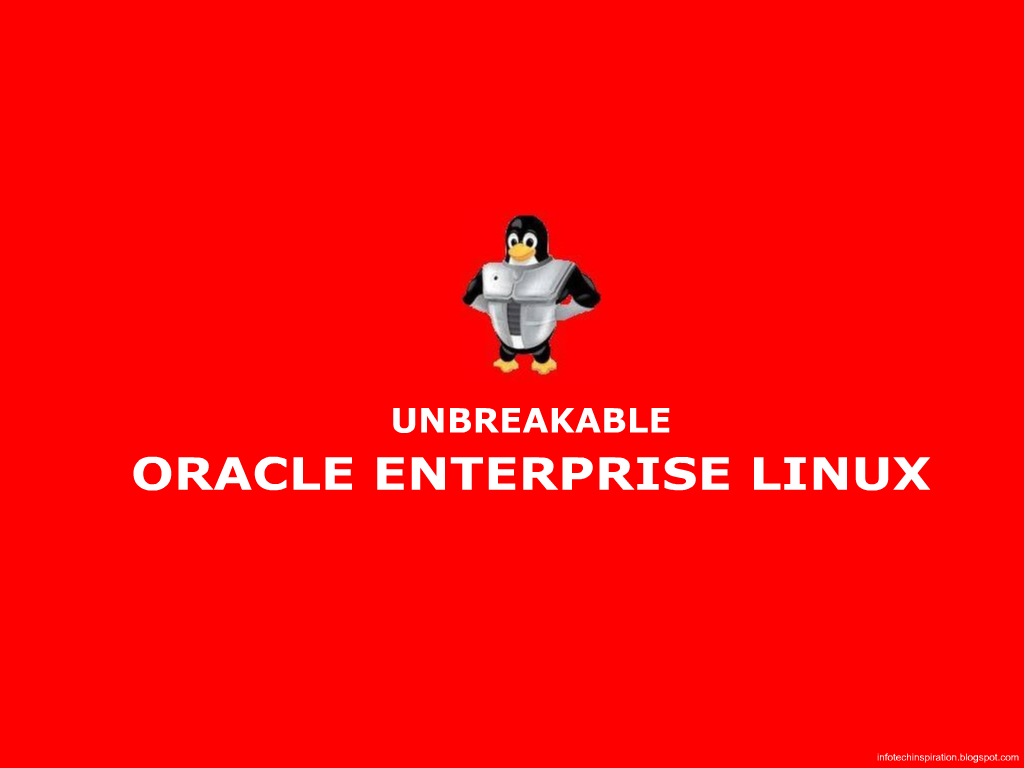How to build a cloud with open source
What is open source?
‘Open source’ is a generic term for software released under a license that allows it to be redistributed or modified by anyone. It is available to anyone – usually free of charge, and anyone can help contribute to its development. Using open source software to build your cloud enables you to have a reduction in total cost of ownership (TCO) and insures business continuity. Unlike licensed or proprietary software, there is no single entity that owns open source software. In most cases it is created under the supervision or governance of independent foundations.
Open source software can be found almost anywhere, on numerous code repositories like Github and Sourceforge.
Why open source over proprietary software?
There are several proprietary solutions available when it comes to building a private cloud or bare metal cloud. The most prominent of these would be VMWare ESXi. But there’s also Microsoft’s Hyper-V for Windows-based hosting, as well as the premium version of Proxmox VE, Citrix Hypervisor, etc.
What makes opens ource better then?
In short, the benefits can be summarized in the following five bullet points:
- TCO reduction – open-source software isn’t proprietary and therefor does not require expensive licenses. This alone adds up to significant savings over time.
- No vendor lock-in – with open source, you are no longer dependent on a single vendor; the software is developed by the entire community, consisting of thousands of developers.
- Innovation advances – the development cycle of open-source software is almost always higher than for proprietary software.
- Higher software quality – open-source software usually passes through a rigorous software development process which results in higher quality and better security.
- Community collaboration – due to the high adoption rate of open source software, enterprises can benefit from fantastic community collaboration through numerous industry conferences, technical forums, knowledge bases, etc.
Is open source suitable for enterprise use? Yes – it is. The above mentioned benefits points in favor of open source in an enterprise environment.

Building an open source cloud
There are a lot of options when it comes to open source software. The main thing to remember is that there isn’t a single-solution alternative in open source to – for example – the VMWare ecosystem. Instead, you should understand that you will need to use several independent components to build your cloud on open source. By using various independent software components, you can build a simple virtualisation environment, an ordinary Infrastructure-as-a-Service (IaaS) cloud, a Container-as-a-Service (CaaS) cloud or even a Software-as-a-Service (SaaS) platform. Then you can extend its functionality with live migration capabilities, automated power management, observability, etc. to ensure feature parity with your existing VMware infrastructure.
The best place to start off would be with Canonical’s Ubuntu. Ubuntu powers one-third of all Linux-based web servers worldwide and its market share in the infrastructure space is increasing.
Our Private Cloud design will include:
- Dedicated Servers running Ubuntu Server
- Openstack
- Kubernetes on Ubuntu for containers
As you can see – switching to open source for your cloud stack is as simple as building it and migrating your data / applications over to your new open source cloud.






